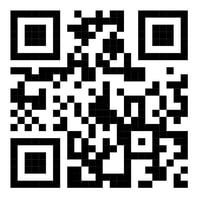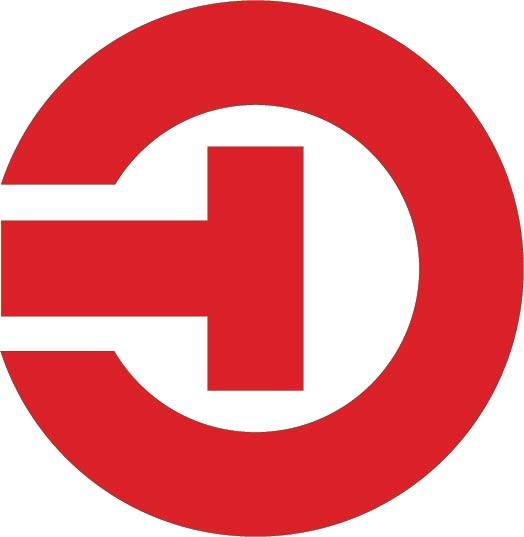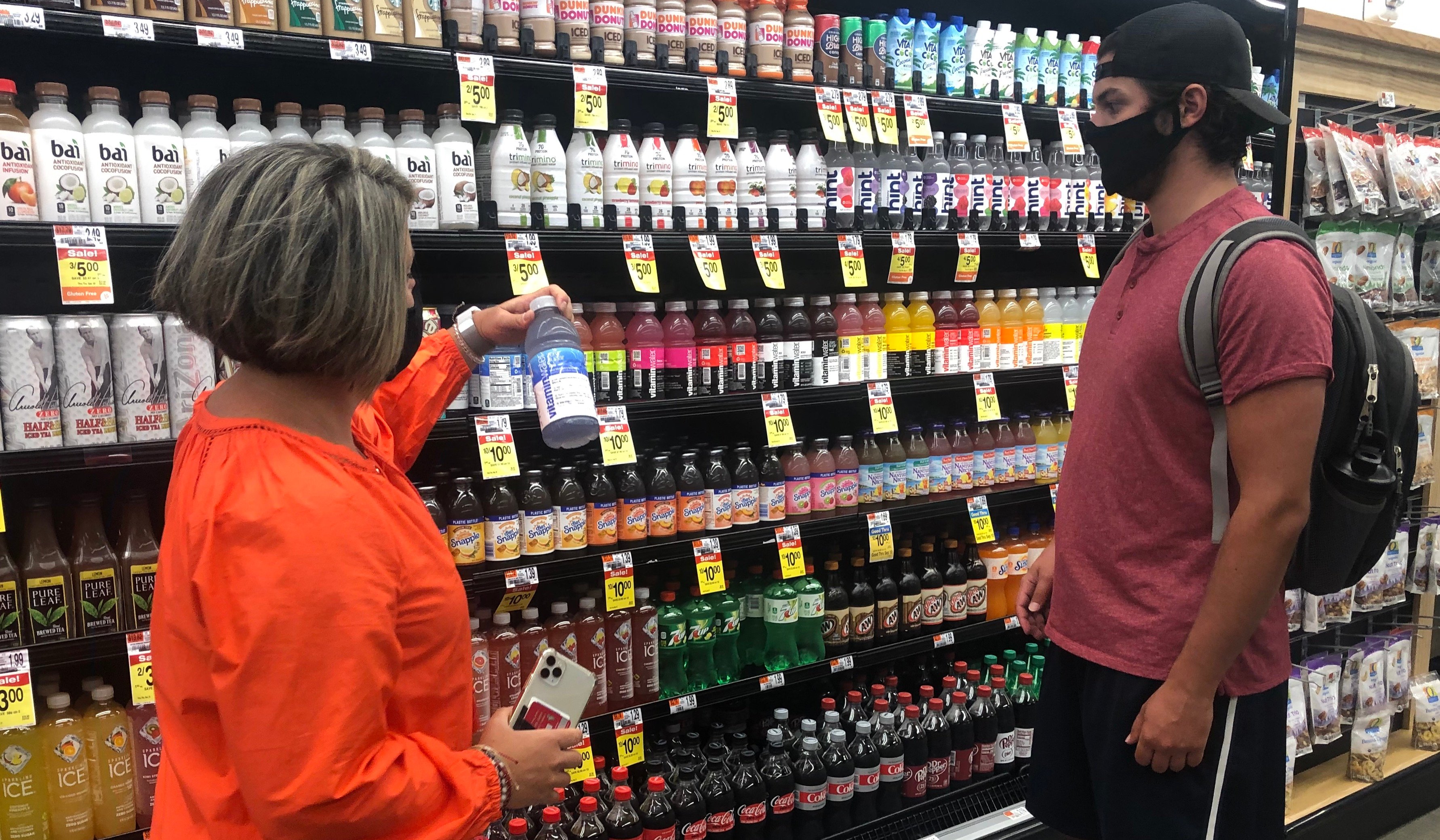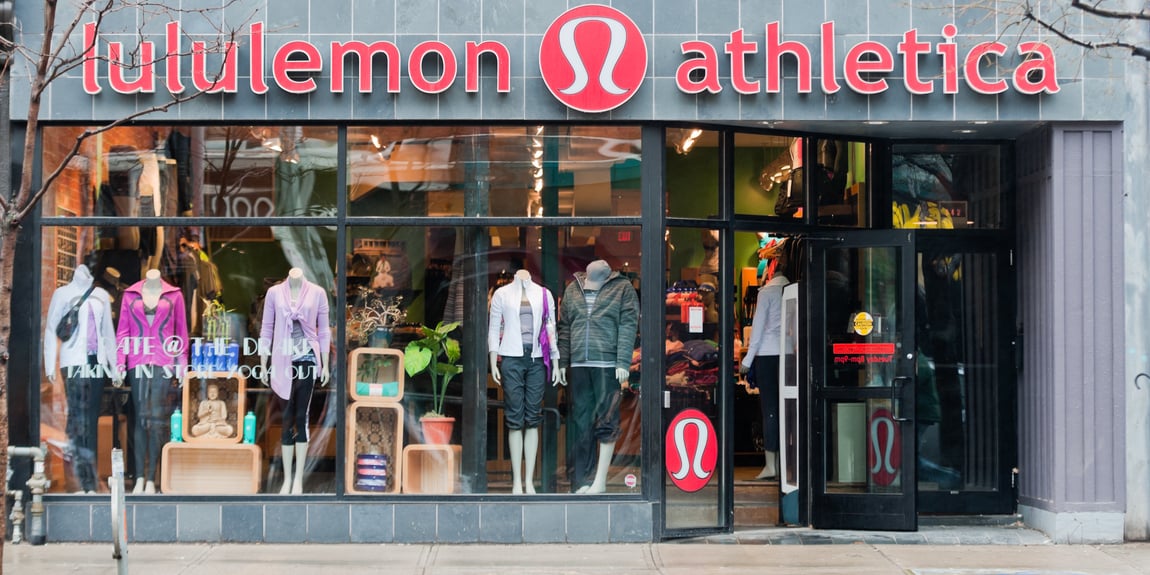Remember QR codes? They were all the rage at the end of the Aughts, but just as quickly as they appeared they disappeared, never to be seen again.
Or so we thought.
The idea was admittedly a great one: point your phone’s camera at the little black-and-white square, snap a picture, and instantly access, well, anything. From product information and advertising campaigns, to virtual concierge services and scavenger hunt clues, the opportunities were endless.
And maybe that’s what first killed the QR code. They started popping up on everything from subway signs to baked goods to tombstones (seriously) and began to feel more like a hassle than a convenience. Without enough direction, the fad seemed to fizzle.
 So Why Is It Coming Back?
So Why Is It Coming Back?
Just because the execution wasn’t great the first time around, doesn’t mean that consumer brands and retailers aren’t realizing the opportunity’s more than still there. With demand for personalized services on the rise, QR codes can be the perfect way to connect with shoppers in stores.
It’s quick and easy to do: your field force can hand out cards or flyers with your code, or direct consumers to codes on displays, getting them to engage with your brand right by the checkout counter.
With the rise of personalization, QR codes offer fun, engaging ways to let consumers connect with your brand in a way that speaks to them. While we’d generally advise keeping them off tombstones, think about ways to really integrate codes with your displays and marketing assets.
How Can My Brand Take Advantage?
Picture it: you’re a consumer brand that sells natural and organic cleaning products, and you want to find an innovative way to use QR codes to increase sales and brand stickiness. On a display of new products in stores, you include a code that links to a landing page, which offers an array of feel-good, softer sell assets: tips for green cleaning, how your products give back to the community, and an invitation to a new loyalty program.
Or how about this: you’re a guitar and music brand, and you want to give shoppers exciting new ways to engage with (and shop for) high-ticket items. Adding QR codes to product signage—or even on tags and accessories—catches shoppers’ eyes and prompts them to check it out. This opens a treasure trove of resources: sheet music they can print out right in stores, an invitation to a free guitar lesson, and fun facts and trivia that showcase the products’ craftsmanship and selling points.
Okay, one more: you’re a footwear and athletic apparel brand that’s kicking off a promotion for new running shoes. At the product display, each shopper is given a branded flyer with a QR code coupon, which they can only use in stores. But that’s not all—as part of the promotion, 10 codes in each store will give a coupon for the full price of the shoes, adding an element of fun and excitement to the launch.
What Should I Do First?
Establish the basics. Make sure your field force knows exactly where the codes are and what they do, and give them key talking points for engaging with consumers.
Then make sure you have enough inventory in stock for initiatives, and that displays are positioned according to plan. By tapping into your field force’s merchandising, inventory, and asset tracking capabilities, you can ensure a smooth experience for shoppers and store teams alike.
Finally, make sure your field force captures and uploads all the relevant data. This allows you to see the success of your program in real-time, and to make tailored adjustments where needed.
Interested in learning more about how ThirdChannel can help your brand? Request a free demo now!
 |



